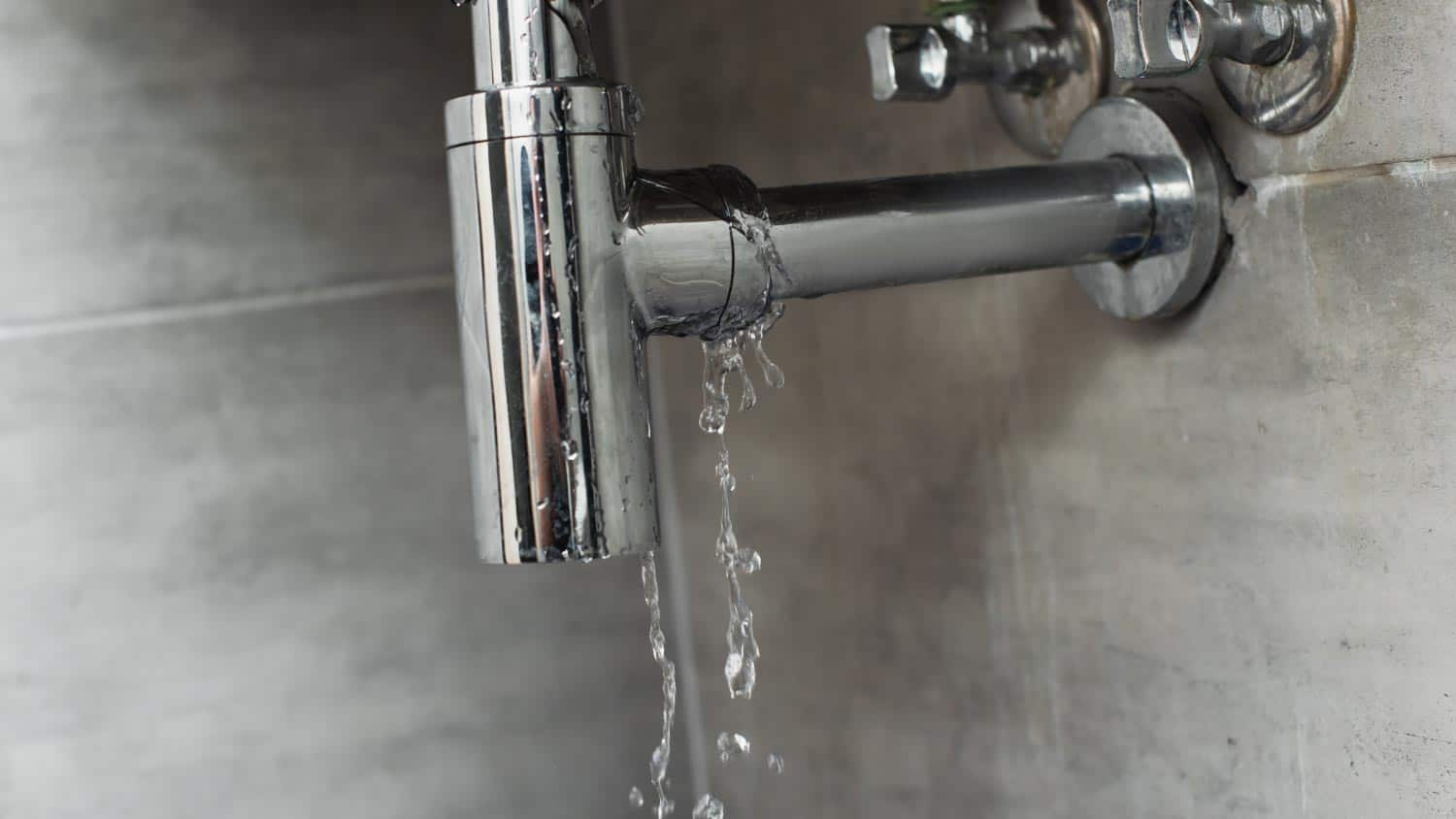We have uncovered this article on Locating water leaks down the page on the web and thought it made perfect sense to share it with you on my blog.

Early discovery of leaking water lines can mitigate a prospective calamity. Aside from conserving you money, it will minimize the aggravation as well as stress. The moment you locate a leakage, calling your plumber for repair work is the most effective solution. Some small water leakages might not be visible. If you can not discover it with your nude eyes, below are some hacks that assist.
1. Examine the Water Meter
Every house has a water meter. Inspecting it is a guaranteed manner in which aids you discover leaks. For starters, shut off all the water resources. Make certain no person will certainly purge, use the faucet, shower, run the cleaning equipment or dishwasher. From there, go to the meter and also watch if it will transform. Given that nobody is utilizing it, there need to be no activities. If it moves, that shows a fast-moving leak. If you discover no modifications, wait an hour or two and check back again. This implies you may have a slow leak that could also be below ground.
2. Inspect Water Usage
Evaluate your water costs and track your water intake. As the one paying it, you should observe if there are any inconsistencies. If you spot sudden changes, regardless of your consumption coinciding, it indicates that you have leakages in your plumbing system. Bear in mind, your water bill should fall under the exact same variety monthly. A sudden spike in your costs shows a fast-moving leak.
A consistent rise every month, even with the very same routines, reveals you have a slow leakage that's additionally slowly rising. Call a plumber to completely examine your building, particularly if you really feel a warm location on your flooring with piping beneath.
3. Do a Food Coloring Test
When it comes to water intake, 30% comes from toilets. If the color in some way infiltrates your dish throughout that time without flushing, there's a leak in between the tank and dish.
4. Asses Exterior Lines
Don't fail to remember to inspect your outdoor water lines also. Examination spigots by connecting a yard hose pipe. Needs to water seep out of the connection, you have a loose rubber gasket. Change this and make sure all links are limited. It will certainly aid obtain it professionally checked out as well as preserved every year if you have actually got a lawn sprinkler system. One small leakage can lose lots of water and spike your water costs.
5. Examine and also Analyze the Situation
House owners must make it a routine to inspect under the sink counters as well as also inside closets for any kind of bad odor or mold and mildew development. These two red flags indicate a leakage so punctual attention is called for. Doing regular assessments, even bi-annually, can save you from a significant issue.
Inspect for discolorations and weakening as many pipelines as well as home appliances have a life span. If you presume leaking water lines in your plumbing system, don't wait for it to rise.
Early detection of leaking water lines can minimize a possible catastrophe. Some small water leakages might not be visible. Inspecting it is a surefire method that helps you discover leaks. One small leakage can squander tons of water as well as surge your water costs.
If you suspect dripping water lines in your plumbing system, don't wait for it to intensify.
WARNING SIGNS OF WATER LEAKAGE BEHIND THE WALL
PERSISTENT MUSTY ODORS
As water slowly drips from a leaky pipe inside the wall, flooring and sheetrock stay damp and develop an odor similar to wet cardboard. It generates a musty smell that can help you find hidden leaks.
MOLD IN UNUSUAL AREAS
Mold usually grows in wet areas like kitchens, baths and laundry rooms. If you spot the stuff on walls or baseboards in other rooms of the house, it’s a good indicator of undetected water leaks.
STAINS THAT GROW
When mold thrives around a leaky pipe, it sometimes takes hold on the inside surface of the affected wall. A growing stain on otherwise clean sheetrock is often your sign of a hidden plumbing problem.
PEELING OR BUBBLING WALLPAPER / PAINT
This clue is easy to miss in rooms that don’t get much use. When you see wallpaper separating along seams or paint bubbling or flaking off the wall, blame sheetrock that stays wet because of an undetected leak.
BUCKLED CEILINGS AND STAINED FLOORS
If ceilings or floors in bathrooms, kitchens or laundry areas develop structural problems, don’t rule out constant damp inside the walls. Wet sheetrock can affect adjacent framing, flooring and ceilings.
https://www.servicemasterbyzaba.com/blog/how-to-detect-water-leakage-in-walls/
.jpg)
I stumbled upon that post on Detecting hidden plumbing leaks when doing a search on the web. Those who enjoyed our article if you please be sure to pass it around. Bless you for your time. Don't hesitate to check our site back soon.
We're ready, dial now!